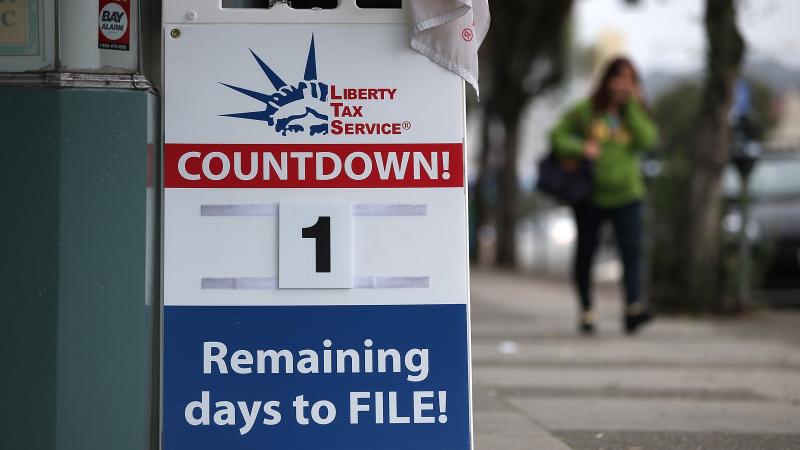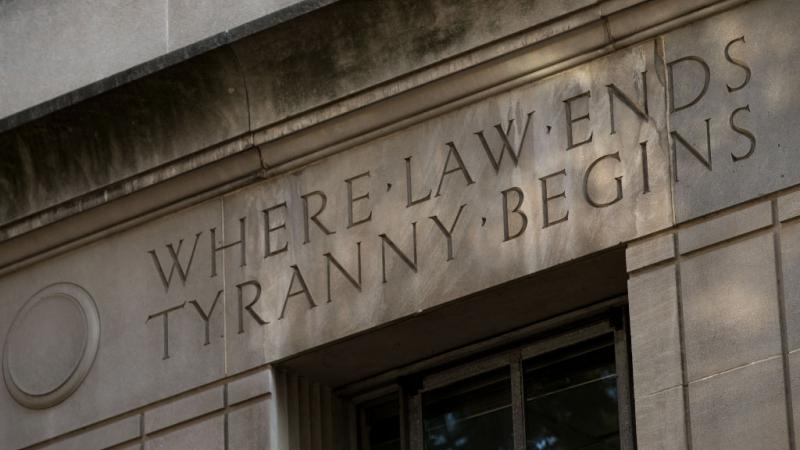Study finds remote learning meant younger, disabled, minorities, fell further behind
Math experienced a greater impact of lost instructional time compared to English language arts.
Students who were younger, disabled, Black, Hispanic or economically disadvantaged experienced the most significant effects of lost instructional time during the pandemic, a study commissioned by Missouri’s Department of Elementary and Secondary Education (DESE) found.
DESE published the report to “further the public’s understanding of the pandemic’s impact” throughout the state.
The data compares 2018-19 statewide assessment data and end-of-course assessments to 2020-2021 data. (Statewide assessment testing wasn’t administered during the spring of the 2019-20 school year due to pandemic closures.) The research found:
Math experienced a greater impact of lost instructional time compared to English language arts.
In math and language arts, fifth graders – the earliest grade reported – experienced a greater impact of lost instructional time compared to later grades.
Science and Algebra losses for eighth graders also was significant.Students with distanced and/or virtual instructional delivery experienced a greater impact of lost instructional time.Some student groups experienced a greater impact of lost instructional time than others. Gaps existed before the pandemic and worsened during the pandemic, especially for Black and Hispanic students compared to students of other races.
DESE reported Missouri was one of the first states to return to in-person learning after Gov. Mike Parson closed schools due to the pandemic in spring 2020. Chris Neale, DESE assistant commissioner in the division of financial and administrative services, told The Center Square that the study showed a correlation between Missouri’s reopening schools and higher assessment scores when compared to test scores from states delaying a return to in-person learning.
“We were pleased to see that the efforts to keep schools open probably resulted in less effects on our students, comparatively speaking,” Neale said.
A supplemental budget bill signed into law by Parson in late February allocated $1.9 billion in federal COVID-19 funding to DESE to assist schools in recovering from the pandemic. Neale said identifying areas of learning loss and training approximately 15,000 teachers in the best methods for teaching reading are spending priorities.
“We have teachers right out of school and those with 40 years of experience, so there’s a lot of variability,” Neale said. “The evidence is clear there’s a very effective set of practices for readers who are struggling. We’ve even found a way to open this up to teachers of non-public schools.”
Neale said funding spent on independent research and other strategies would quickly help schools determine the effectiveness of programs aimed at those with learning loss.
“If anybody asks why we spent $25 or $30 million on this, we can show them why,” Neale said. “It’s all here in black and white and it’s not data we manipulated. We handed over the test scores and asked them to tell us exactly what happened. And it’s why we’re going to continue this study each year. Are we making progress? Are we making a difference? If we’re not, we’ll change direction because this is probably a multi-year recovery.”













